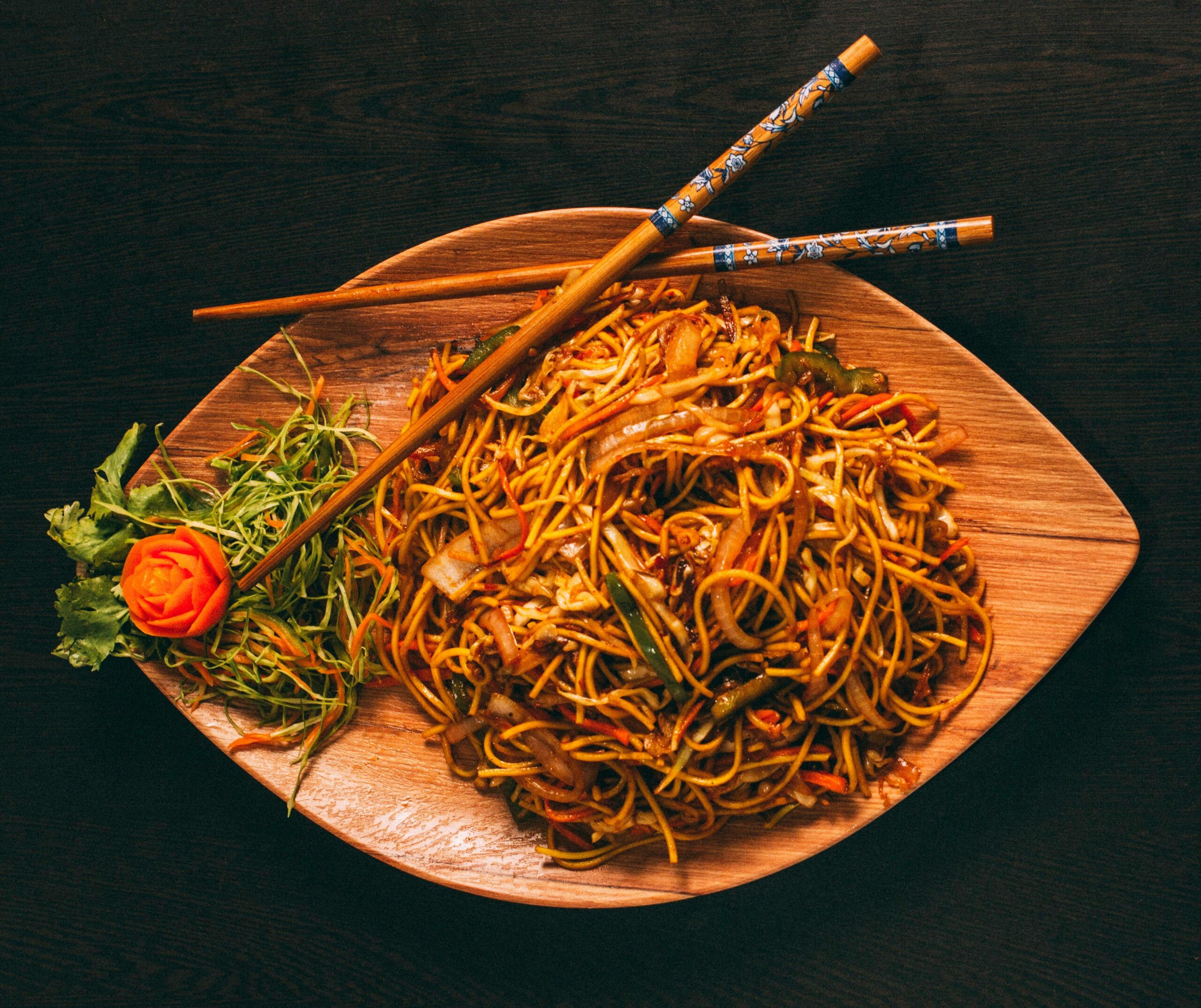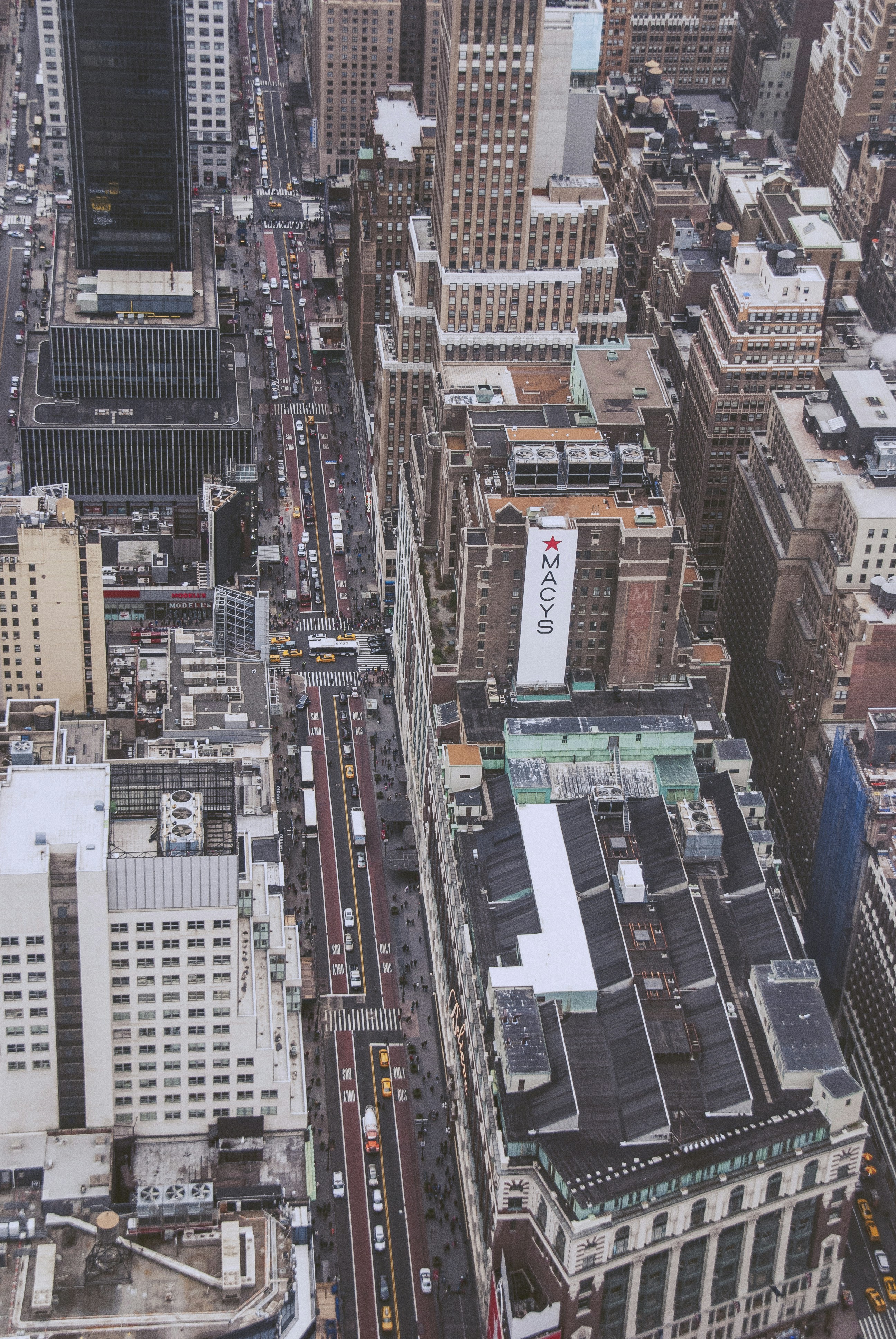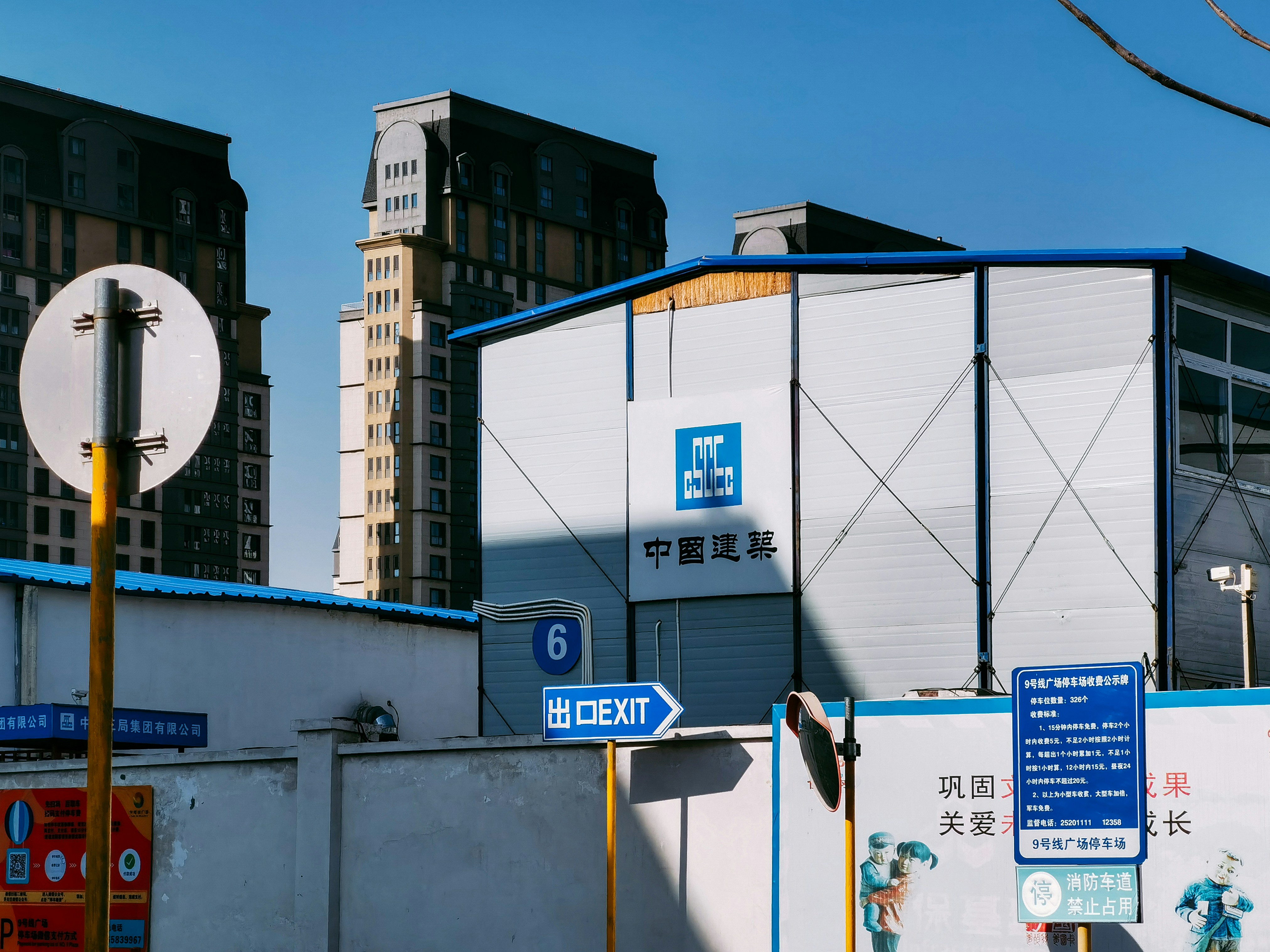Exploring Beijing: A Journey Through History, Culture, and Cuisine

Photo by Orijit Chatterjee on Unsplash
Introduction to Beijing
Beijing, the capital city of China, is a vibrant metropolis that seamlessly blends rich historical heritage with modern global influence. As one of the world’s most populous cities, it serves not only as a political epicenter but also as a cultural heart of China. Its historical significance is reflected in its impressive array of ancient palaces, temples, and historical sites, which narrate the story of a civilization that has thrived for thousands of years.
From the commanding presence of the Forbidden City to the solemnity of the Tiananmen Square, Beijing stands as a testament to China’s imperial past. The city has been a political hub since the Ming Dynasty, and its strategic location has made it an essential crossroads for trade, culture, and diplomacy. Today, it continues to play a pivotal role in global affairs, attracting millions of visitors eager to experience its unique blend of past and present.
Modern Beijing is characterized by rapid urbanization, with contemporary architecture and bustling commercial districts emerging alongside historic landmarks. The skyline is dotted with innovative skyscrapers that reflect the city’s ambition and growth, showcasing how Beijing is aligning itself with other leading global cities. The integration of modern infrastructure coexists with ancient traditions, evident in the neighborhoods where traditional courtyard homes, known as hutongs, remain, offering a glimpse into the lifestyle of past generations.
The culinary scene in Beijing further enriches its cultural tapestry, as it is home to a myriad of dining experiences ranging from street food stalls to high-end restaurants. The city is renowned for its Peking Duck, a dish that has become synonymous with Beijing’s gastronomy, drawing food enthusiasts from all over the world. This melding of historical significance, cultural richness, and gastronomic delights sets the stage for an unforgettable exploration of this remarkable city.
Must-Visit Historical Landmarks
Beijing, as one of the world’s most historically rich cities, offers a plethora of iconic landmarks that reflect its cultural heritage. Among these, the Great Wall of China stands out as a symbol of strength and resilience, stretching over 13,000 miles. This monumental structure was built over several dynasties, with its earliest sections dating back to the 7th century BC. The wall not only served as a defense mechanism against invasions but also represents the incredible ingenuity and dedication of ancient Chinese architects and laborers.
Another essential site is the Forbidden City, a magnificent imperial palace complex that housed Chinese emperors for nearly five centuries. Constructed during the Ming Dynasty, it features stunning traditional Chinese architecture with intricate wooden structures and exquisite gardens. The Forbidden City is a UNESCO World Heritage site and offers a deep insight into China’s dynastic history, showcasing artifacts and art that narrate the lives of emperors and their courts.
Tiananmen Square, located adjacent to the Forbidden City, is notable not just for its size but for its historical significance. This vast public square has been the site of many key events in Chinese history, including the proclamation of the People’s Republic of China in 1949. Dominated by the imposing Monument to the People’s Heroes and the National Museum of China, Tiananmen Square serves as a focal point for both national ceremonies and public gatherings.
Lastly, the Temple of Heaven, a masterpiece of religious architecture built in the early 15th century, is essential for understanding the spiritual life of ancient China. Emperors would visit the temple to perform ceremonies praying for good harvests. Its unique circular architecture, surrounded by serene parks, invites visitors to reflect on the harmony between Heaven, Earth, and humanity, making it an essential stop on any itinerary through the historical tapestry of Beijing.
Exploring the Forbidden City
The Forbidden City, located at the heart of Beijing, stands as a testament to the grandeur of imperial China and has been recognized as a UNESCO World Heritage Site. Spanning approximately 180 acres, this colossal palace complex served as the imperial palace for the Ming and Qing Dynasties for nearly 500 years. Its sheer size and intricate beauty evoke a sense of awe in every visitor who walks through its gates.
Architecturally, the Forbidden City exemplifies traditional Chinese palatial design, showcasing a vast array of cultural artifacts and buildings that highlight China’s rich history. The complex comprises nearly 1,000 buildings, composed in meticulously arranged courtyards and halls that reflect the principles of feng shui. The use of vibrant red walls and yellow roofs—colors symbolizing happiness and imperial authority—enhances the site’s striking appearance. Key structures such as the Hall of Supreme Harmony and the Hall of Central Harmony reveal the sophisticated artistry that defines this architectural marvel.
Beyond its visual appeal, the layout of the Forbidden City carries significant cultural meaning. The axial symmetry offers insight into the Confucian philosophy that underpins Chinese society. The trio of main halls reflects the hierarchy of the Emperor’s power, reinforcing the structure’s role not just as an imperial residence, but as the epicenter of Chinese governance and culture. Additionally, visitors can explore beautifully landscaped gardens that provide a serene escape from the bustling energy of Beijing.
For those planning to visit the Forbidden City, it is advisable to allocate sufficient time, as exploring the vast grounds can take several hours. Early morning visits allow for a more peaceful experience, avoiding the larger crowds that tend to gather later in the day. Audio guides are recommended for gaining deeper insights into the artistic details and historical narratives woven throughout the Forbidden City.
A Stroll Through Tiananmen Square
Tiananmen Square stands as a monumental symbol of Chinese nationalism, reflecting the historical essence and cultural heritage of the nation. Located in the heart of Beijing, this expansive public space holds significant importance, not only as a site of political ceremonies but also as a venue for various historical events that have shaped modern China. Covering approximately 44 hectares, it is one of the largest public squares in the world and is a focal point for both locals and tourists alike.
Among its many features, the Monument to the People’s Heroes is a striking homage to those who sacrificed their lives for China’s revolutionary causes. Erected in 1958, this obelisk commemorates the struggles and achievements throughout the history of the People’s Republic of China. Visitors often pause to pay their respects, reflecting on the sacrifices made in the pursuit of national sovereignty.
Adjacent to the monument is the Great Hall of the People, a prominent seat of government which hosts the annual sessions of the National People’s Congress. Its grand architecture and symbolic design underscore the political significance of the square in contemporary Chinese society. The hall serves not only as a venue for political deliberations but also as a landmark of the government’s commitment to the people.
On the east side of the square lies the National Museum of China, which presents a deep dive into the vast array of China’s historical narratives and artistic endeavors. The museum’s vast collections aim to educate visitors about the richness of Chinese civilization, further solidifying the square’s role as an educational and cultural hub.
The square has witnessed numerous historical events, from the founding ceremonies to modern-day commemorations. Its role as a gathering place for political expression continues, making Tiananmen Square a vital element in both history and the contemporary identity of the nation. Such a stroll through this iconic location reveals not only its physical grandeur but also its profound connection to the soul of China.
The Great Wall: A Marvel of Engineering
The Great Wall of China, an enduring symbol of Chinese civilization, showcases remarkable engineering prowess and historical significance. Stretching over 13,000 miles, this monumental edifice was constructed over centuries, with various dynasties contributing to its development. Initially built to protect Chinese states from invasions and raids, the wall served strategic military purposes, allowing for surveillance and communication across vast distances. The impressive structure reflects the ingenuity of ancient Chinese builders who employed local materials such as stone, wood, and earth, sometimes even using the very ground they stood on to create a durable barrier.
Visitors near Beijing can explore several well-preserved sections, with Badaling and Mutianyu being among the most popular. Badaling, the first section to open to the public in 1958, offers accessible pathways and facilities, making it suitable for tourists of all ages. However, its popularity can lead to large crowds, particularly during peak seasons. For a more tranquil experience, travelers may prefer Mutianyu, which features stunning scenery and fewer visitors. This section is distinguished by its unique watchtowers and lush surroundings, making it ideal for those seeking picturesque views and a peaceful atmosphere.
When planning a visit, it is essential to take note of the varying levels of difficulty present at different sections of the wall. Hiking the Great Wall can be physically demanding, so wearing comfortable footwear and carrying adequate water supplies is highly recommended. Many tour operators provide transportation options, but independent travelers may opt for public transport for a more authentic experience. In conclusion, the Great Wall stands as a testament to human determination and artistry, inviting people from around the globe to witness its historical grandeur while enjoying the breathtaking landscapes that frame this extraordinary structure.
Experiencing Beijing’s Culinary Delights
Beijing, the heart of China’s imperial history, is equally renowned for its rich culinary heritage that reflects centuries of cultural evolution. The city is a gastronomic treasure trove, where traditional flavors intertwine with modern culinary practices. Visitors to Beijing can embark on a delightful journey through its iconic dishes, each providing insight into the local culture and historical influences.
Among the myriad of dishes, Peking Duck stands out as a quintessential experience. This culinary masterpiece boasts a crispy skin and succulent meat, often served with thin pancakes, sweet bean sauce, and sliced scallions. Its preparation is an art form that has been perfected over generations. Dining on Peking Duck is not merely a meal; it is a celebration of Beijing’s culinary excellence.
Another popular street food is Jianbing, a savory Chinese crepe that is a staple breakfast option for locals. Vendors prepare these delightful wraps with a thin layer of batter, eggs, and a thoughtfully curated mix of fillings, including scallions, cilantro, and various sauces. The appeal of Jianbing lies in its accessibility and the robust flavors that it encapsulates, making it a must-try for both locals and tourists alike.
No exploration of Beijing’s culinary landscape would be complete without savoring the ever-famous dumplings. These delightful morsels, often filled with meat and vegetables, vary in preparation styles, from steaming and boiling to pan-frying. The custom of gathering with family and friends to enjoy a dumpling feast is a cherished tradition, symbolizing unity and festivity.
The vibrant food markets in Beijing further enhance the culinary experience. Locals and tourists alike flock to these bustling hubs to sample authentic dishes and street foods. Wangfujing Snack Street, for instance, offers a variety of unique food items, from candied fruits to skewered insects, showcasing the adventurous spirit of Beijing’s culinary offerings.
In exploring Beijing’s culinary delights, one does not only indulge in flavors but also experiences the deep-rooted customs and communal spirit that define this historical city.
The Charm of Hutongs
The Hutongs of Beijing are narrow alleys marked by traditional courtyard residences, showcasing a unique architectural style that reflects the rich history and culture of the city. These historic neighborhoods date back to the Yuan Dynasty (1271–1368) and are characterized by their distinctive layout—typically composed of a series of courtyards grouped around each other, known as Siheyuan. The design fosters a sense of community, with homes built closely together, encouraging interactions among neighbors and creating a vibrant local atmosphere.
The charm of Hutongs offers a glimpse into the daily lives of Beijingers, allowing visitors to experience the essence of traditional Chinese culture. Walking through these winding alleys, one can observe the simplicity and warmth of local life, from elderly residents practicing calligraphy to children playing with kites or riding bicycles. The architecture itself, featuring ornate doors and intricate decorations, reflects decades of stories etched into the very walls of each residence.
In recognition of their cultural significance, many Hutong areas have been preserved and adapted to accommodate modern lifestyles while retaining their historical essence. Tourists particularly appreciate the opportunity to embark on guided Hutong tours, which often include visits to local tea houses, street food stalls, and artisan workshops. These experiences provide a wonderful chance to sample traditional Beijing snacks and engage with local craftsmanship, further enriching the visit.
For those seeking a deeper connection to the culture, participating in classes, such as cooking or traditional crafts held in Hutong venues, can provide valuable insights and engage visitors with the community. The unique charm of Hutongs, combined with their distinct architectural features and cultural practices, presents a compelling narrative that draws people from all corners of the globe to explore the hidden treasures of these historical neighborhoods.
Shopping and Nightlife in Beijing
Beijing, a city rich in history and culture, also boasts a vibrant shopping scene that caters to both traditional and contemporary tastes. Visitors to this dynamic capital will find an array of shopping districts, each offering a unique experience. One of the most famous shopping destinations is Wangfujing Street, known for its bustling atmosphere and diverse range of products. Here, pedestrian-friendly avenues are lined with various shops, from high-end international brands to local boutiques offering traditional Chinese handicrafts and souvenirs. The night market here is particularly noteworthy, featuring an array of street food and unique snacks that provide a taste of authentic Beijing.
In addition to traditional markets, modern shopping malls are prevalent throughout the city. Areas like Chaoyang District host upscale centers such as the Beijing Mall and The Place. These shopping venues not only provide luxury fashion and electronics but also houses numerous dining options and entertainment facilities, making them popular among both tourists and locals alike. The blend of traditional and modern commerce illustrates Beijing’s ability to bridge its rich historical past with contemporary lifestyle and trends.
When it comes to nightlife, Sanlitun stands out as a vibrant hub. This area is renowned for its diverse array of bars, clubs, and late-night eateries, catering to a young and energetic crowd. From sophisticated cocktail lounges to lively dance clubs, Sanlitun embodies the modern spirit of Beijing nightlife. Other popular nightlife spots include Houhai Lake, where visitors can enjoy leisurely drinks by the water or experience traditional tea houses that offer a more subdued ambiance. Ultimately, the shopping and nightlife in Beijing provide a multifaceted look into the city’s culture, ensuring that both day and night offer memorable experiences for every visitor.
Conclusion: The Allure of Beijing Awaits
In exploring the vibrant tapestry of Beijing, one encounters a city that embodies the profound interplay of history, culture, and cuisine. As the capital of China, Beijing stands as a monumental testament to ancient civilization while seamlessly integrating the tenets of modern life. From the majestic Great Wall to the intricate designs of the Forbidden City, each historic site unveils a story that is crucial to understanding not just Beijing, but the entire nation.
The cultural richness of Beijing extends beyond its renowned landmarks. With its aural traditions echoing across generations and the unique flavors that define its culinary landscape, the city invites travelers to indulge in an unparalleled sensory experience. Tasting authentic Peking duck or participating in a traditional tea ceremony allows visitors to engage with the city’s heritage on a deeper level, reinforcing the notion that food is a vital part of cultural identity. The vibrant street markets, filled with an array of local delicacies, further spotlight Beijing as a thriving hub for culinary exploration.
Moreover, the juxtaposition of ancient traditions against a backdrop of modern innovation creates a dynamic environment that captivates all who visit. The city’s rapid developments and artistic expressions in contemporary architecture demonstrate a forward-thinking spirit that complements its rich historical roots. This enduring allure makes Beijing not just a destination but a memorable experience that leaves a lasting impression.
As travelers embark on their journey through Beijing, they are encouraged to immerse themselves fully in its history, culture, and culinary offerings. It is a city where every corner holds a new discovery, ensuring that those who visit are greeted with the charm and complexity of a place like no other. The allure of Beijing awaits, promising an unforgettable adventure that resonates long after departure.




